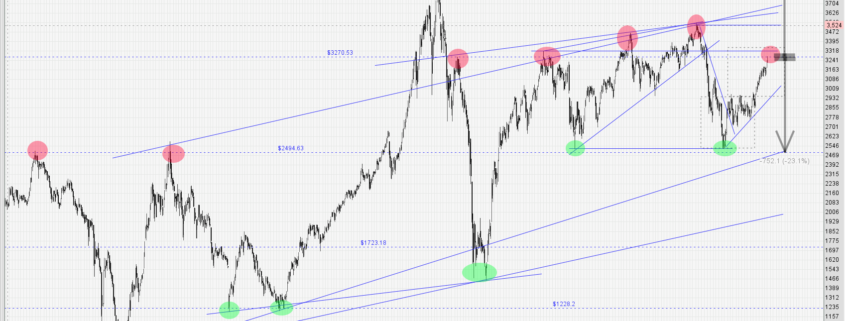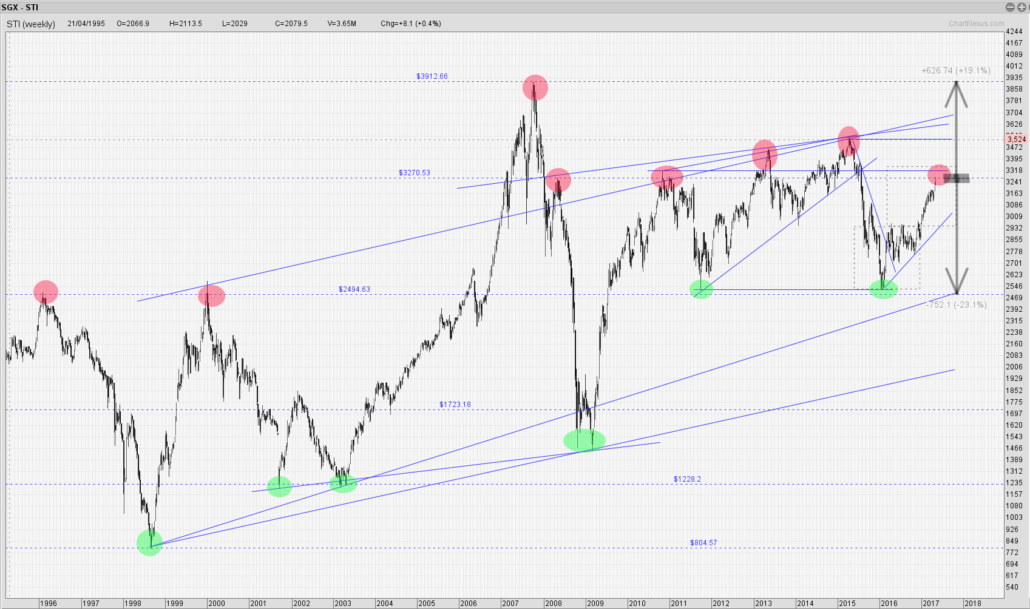This article will show you the seven dividend-investing secrets that Buffett uses to grow his wealth consistently. Their findings are based on his spoken and written statements, as well as his holdings.

1. Look for Businesses with Long Corporate Histories
Companies with long histories offer investors fewer surprises. These businesses know exactly what they do, and they do it well. Very few businesses continue to be successful for decades. As technology progresses, industries change. Consumer tastes change as well. For a business to thrive for such long periods of time it must either continuously reinvent itself, or exist in an industry that changes slowly.
The advantage of investing in businesses with long corporate histories is that they are more likely to continue generating cash flows going forward. The slower an industry changes, and the longer a business has been around, the more likely that business has a strong competitive advantage that will survive far into the future. Investing in businesses with long histories is a conservative approach to investing. Warren Buffett looks for much more than just a few years of success before he is confident a business truly has staying power and a lasting competitive advantage.
2. Look for Businesses with Strong Competitive Advantages
Buffett looks for businesses with strong, durable competitive advantages. To do well in stocks, you must think like a business owner. As a business owner, you would want your business to be able to beat the competition. More importantly, you’d want something that prevented the competition from ever being able to match you. That’s what a strong and durable competitive advantage offers.
Finding businesses with a competitive advantage that lasts for decades is a much more difficult task. There are few businesses that can reliably sustain a competitive advantage year-after-year. The few businesses that can enjoy above-industry-average returns on capital which can be reinvested to spur growth or returned to shareholders.
3. Look for Undervalued Businesses
To find value in the stock market, one often has to look at the most “beat down” and “unloved” stocks. The most glamorous high-flying growth stocks are not where to look to find value.
There are several ways to find value in high-quality dividend stocks. Stocks with low price-to-earnings ratios are a good place to look for value. Businesses that have suffered from negative one-time events that do not threaten the continuity of the business is another great place to look.
4. Keep a Focused Portfolio
The higher your conviction in any one stock, the larger your portion of your portfolio you should allocate to this stock. If you are very confident that a stock is undervalued, the business has a strong competitive advantage, growth is likely to persist for the long run, and management is shareholder friendly, you should naturally invest more than you would in only a mediocre opportunity.
The advantage of keeping a portfolio of 12-to-20 positions is simple: You can invest in your best ideas, which have a higher probability of stellar performance while still getting much of the benefits of diversification. Owning a portfolio with hundreds of stocks in it virtually guarantees mediocre results.
5. Invest for the Long Run
Investing in businesses for long periods of time has several advantages. First, it allows truly exceptional businesses to compound your wealth without having to do anything else.
Holding stocks for long periods has another advantage. Rarely buying and selling stocks greatly reduces portfolio turnover. Low portfolio turnover means lower frictional costs like brokerage transaction costs, slippage, etc. The lower you keep your investment related costs, the more money you have to actually invest. Holding for long periods of time allows your money to compound in your best ideas, is tax efficient, and reduces investment related costs; a win-win-win situation for individual investors.
6. Look for Shareholder Friendly Management
From the perspective of a shareholder, an excellent management team is one that creates real value for shareholders. The best managers will repurchase shares when stock prices fall and abstain when prices rise. If the business does not have great investment opportunities to reinvest corporate profits, the management will pay out excess cash flows as dividends to shareholders.
Analyzing the moves a company’s managers make is a good way to understand their motivations. As a general rule, businesses with long dividend histories and share repurchases are shareholder friendly and make good investments. Finding the truly exceptional manager — like the next Buffett — is very difficult. But looking at the moves management has made is the first step.
7. Keep Things Simple
Even though Buffett is an investing genius, he always looks for simplicity. When you think of complicated businesses and investment plans like Enron or Long Term Capital Management, the results can be devastating to your portfolio. It is far better to invest in easy-to-understand high-quality businesses within your “circle of competence.”
Your circle of competence is the area of the market you know best. If you are a doctor and regularly deal with a variety of health-care companies, you may be well-equipped to identify and invest in the highest quality health-care businesses. Most people are familiar with a variety of consumer goods products. Analyzing businesses with products that you are familiar with greatly reduces your risk of making a foolhardy investment. Don’t invest because everyone else is doing it — invest because you understand why a company has been successful, and will likely be successful for decades.
Spencer is an avid globetrotter who achieved financial freedom in his 20s, while trading & teaching across 70+ countries. As a former professional trader in private equity and proprietary funds, he has over 15 years of market experience, and has been featured on more than 20 occasions in the media.










